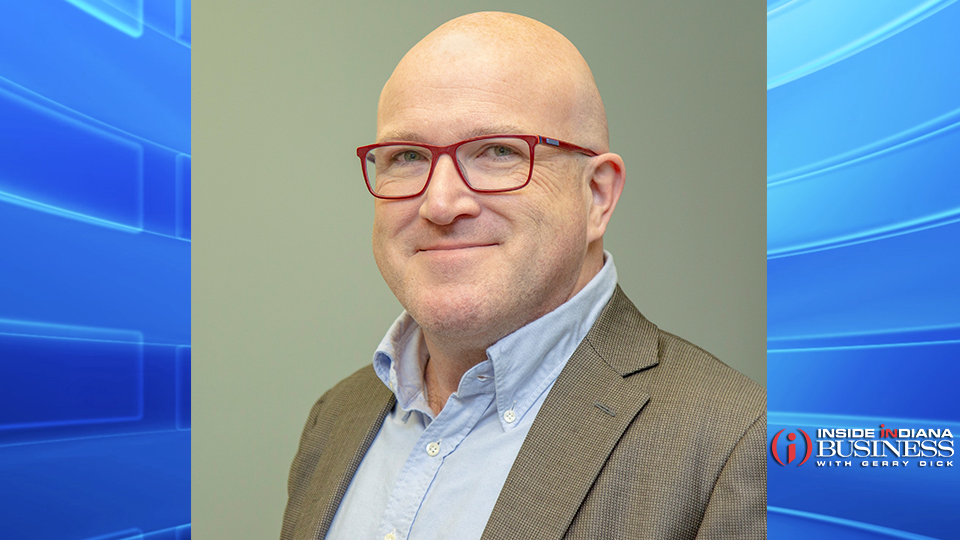Beyond fiber: Transforming Indiana cities and towns
Subscriber Benefit
As a subscriber you can listen to articles at work, in the car, or while you work out. Subscribe Now
Faster travel times, efficient energy, improved public safety, more efficient healthcare delivery, higher quality of life – these represent expected benefits as fiber infrastructure connects people together in new and innovative ways. How will this come about?
Thirty years ago, Smithville pioneered a commercial connectivity product that was called the Indiana Digital Gateway. It was powered by a then-unusual platform: fiber-optics. While the vast majority of the United States was still at the time heavy users of copper-based “twisted-pair” connectivity for phone lines (and soon 56K modems), fiber promised to open up broad new vistas.
Today, in 2023, the vision of fiber connectivity for home, business and civic organizations is finally well on its way. And it is living up to its promise of transformation.
We at Smithville have long expressed the fact that while it is an amazing advancement, fiber connectivity – especially at the full symmetrical gigabit (1,000 Mbps and above) capacity – is just the beginning. Indiana now stands closer to grasping a whole new opportunity.
Fiber connectivity enables the creation of “Smart Cities.”
When we set to work together with visionary cities like Jasper to build a symmetrical gigabit network for all residents and businesses, we collectively were laying the platform for a whole new generation of advancement. With a fiber backbone in place and a nearby 100 gigabit node built by Smithville, Jasper (and regions like it) can seize advancement opportunities that can span – even transcend – generations. This is already occurring in Indianapolis and other larger Hoosier cities, but through the construction of fiber networks, rural areas and small towns can seize transformational opportunities.
With high-speed fiber infrastructure in place, American cities increasingly achieve new opportunities to provide enhanced and secure educational networks for whole school and university systems. Fiber platforms can help improve traffic control and flow.
Emergency services and healthcare delivery can benefit from secure communication of key medical data (including digital x-ray images and key treatment records), telehealth connectivity directly between providers and patients (without the patient leaving home), and physicians and researchers can collaborate directly for improved treatment.
Public utilities like water and power can benefit from fiber-controlled distribution and monitoring, helping to keep costs efficient and low. Municipal buildings can be linked together (like they are in Jasper) to provide efficient communication and resource sharing. Better monitoring and usage of LED street lighting can improve quality of life and public safety.
Commercial buildings benefit from access to high-speed connectivity for businesses, as well “smart” applications that monitor and control heating and air-conditioning, saving energy and ultimately thousands of dollars. Law enforcement and public safety operations like fire departments can advance by secure communication links and operational agility in the event of natural disasters (floods, adverse weather) and other emergency situations.
Fiber-based Smart Cities also have built-in options for workforce development, including globally connected workers and business access. Secure digital tools can power workforce options to keep employees connected to business-critical operations and information.
This phenomenon is already happening across the United States, and it offers a new serious dimension to improve Hoosier competitiveness and innovation, including improving workforce attraction and economic development.
While new opportunities are opening up, many regions are not quite there yet. New federal, state and local funding is creating new opportunities for public-private partnerships to finally close the nagging digital divide – those with real access to high-speed fiber and those who don’t (especially in rural areas) – for good.
While its improving, large areas of Indiana still need focused attention to achieve real Fiber-to-the-Home (FTTH) and Fiber-to-the-Business platforms. Smithville itself has already put in place upwards of 3,000 miles of fiber, making private investments of a quarter of billion dollars. We’re all in. Let us all work together – business, government, cities and citizens – to create a truly “smart fiber” platform for all people of Indiana.
Cullen McCarty is executive vice president of Smithville, a nationally recognized Top 100 Broadband company, which recently celebrated its first century as a family-owned Hoosier telecommunications enterprise.

